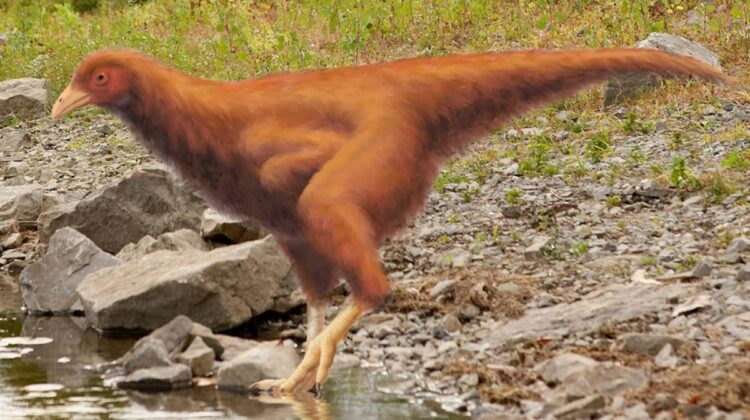
In a groundbreaking experiment, scientists embarked on a remarkable journey, altering the course of avian evolution by transforming chicken embryos. These experiments aimed to unlock the mysteries of how the intricate beak, a defining feature of avian success, evolved from the snouts of their dinosaur ancestors.
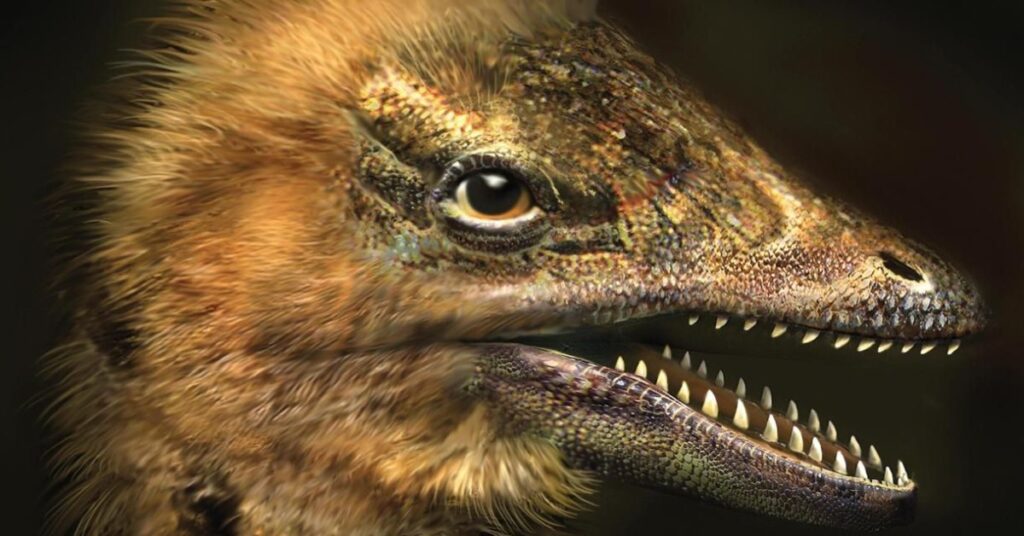
The study’s lead authors, Bhart-Anjan Bhullar from Yale University and Arkhat Abzhanov from Harvard University, did not set out to create a full-fledged “dino-chicken.” Instead, their goal was to delve into the underlying mechanisms behind this pivotal evolutionary transformation. The fascination with avian evolution and its connection to dinosaurs traces back to the 19th century when the Archaeopteryx fossil was unearthed. This ancient bird-like creature possessed wings and feathers but bore a striking resemblance to its dinosaur predecessors.
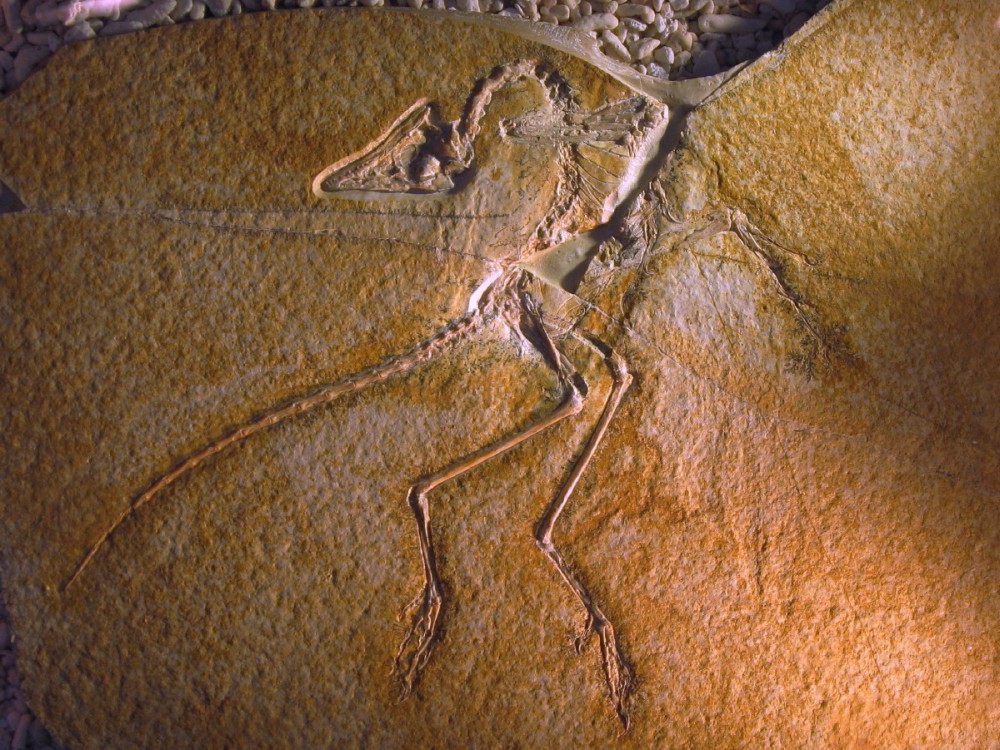
Early birds, however, had distinct features, notably snouts in place of beaks. Bhullar’s team initiated their exploration by delving deep into the molecular processes governing beak development in chickens. Their quest was to comprehend the skeletal, functional, and evolutionary shift from a conventional vertebrate snout to the specialized beak that characterizes modern birds.

During their investigation, the team identified a unique cluster of genes responsible for facial development exclusive to birds. Silencing these genes reversed the beak structure, effectively reverting it to its ancestral form, akin to the snouts of dinosaurs. This transformation was achieved by isolating key proteins responsible for beak development and suppressing them with specialized, inhibiting substances.

While this experiment yielded chicken embryos with snout-like features reminiscent of small, feathered dinosaurs like Velociraptors, Bhullar has no immediate plans to hatch these unique creatures. He believes that they would likely thrive in their environment, and their modifications are less extreme than those pursued by chicken breeders.

But the experimentations don’t stop here. Other researchers, like Joao Botelho at the University of Chile, have recreated ancestral traits in bird embryos, such as the elongated fibula found in their dinosaur ancestors. Botelho’s team identified that modern bird embryos initially possess these ancient traits but lose them as they develop. By inhibiting the genes responsible for this change, they were able to preserve the ancestral bone structure.
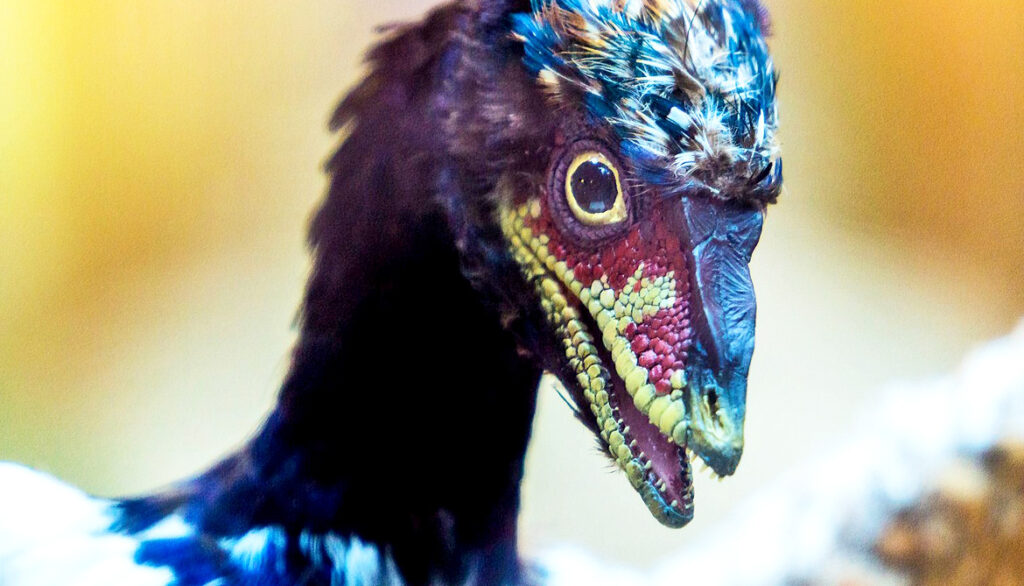
Jack Horner, a paleontologist at the Museum of the Rockies and a consultant for Jurassic Park, aims to create a genetically modified domestic fowl that possesses the teeth, claws, and an elongated tail akin to small carnivorous dinosaurs. His team is working on extending the tail of chicken embryos, although this endeavor comes with the challenge of enabling adult birds to effectively utilize these features.
While the intention is not to bring dinosaurs back to life, these experiments offer unparalleled insights into avian evolution at the molecular level. These scientists are uncovering the secrets of how birds evolved from their dinosaur ancestors, unraveling genetic blueprints and pushing the boundaries of genetic engineering.
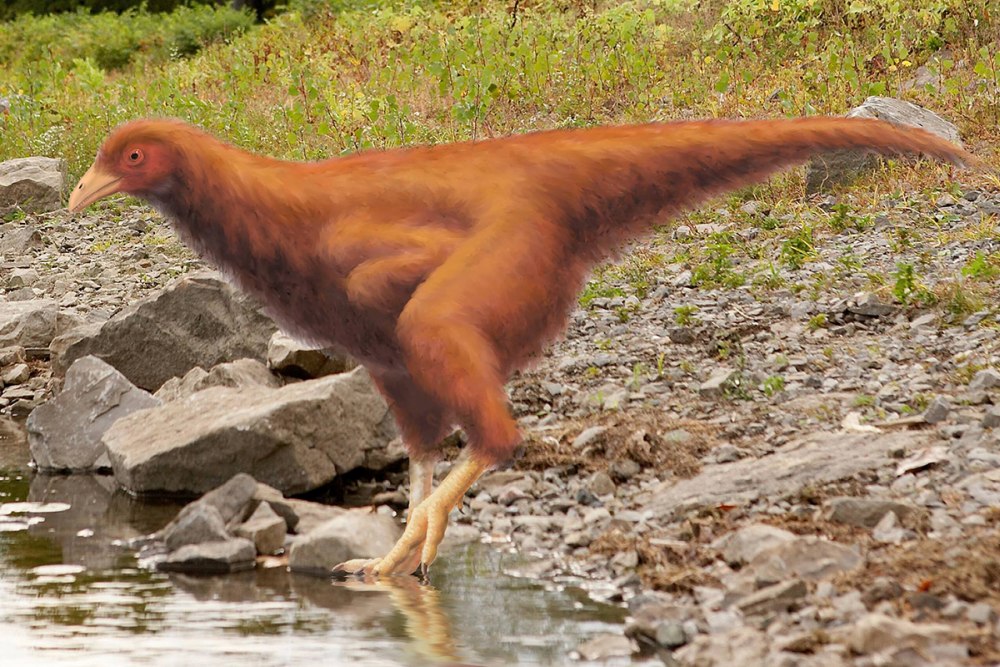
As the experiments continue, questions remain, but it’s an exciting journey into the world of avian evolution and genetic manipulation. Bhullar anticipates that within the next couple of decades, we may witness the emergence of living, breathing “dino-chickens” that scurry about, echoing the small, predatory dinosaurs of the past. This is not a mere theory; it’s a tangible possibility on the horizon, a testament to the remarkable advances in genetics. The future promises to bring forth astonishing developments in the realm of genetic engineering and avian evolution.

Leave a Reply